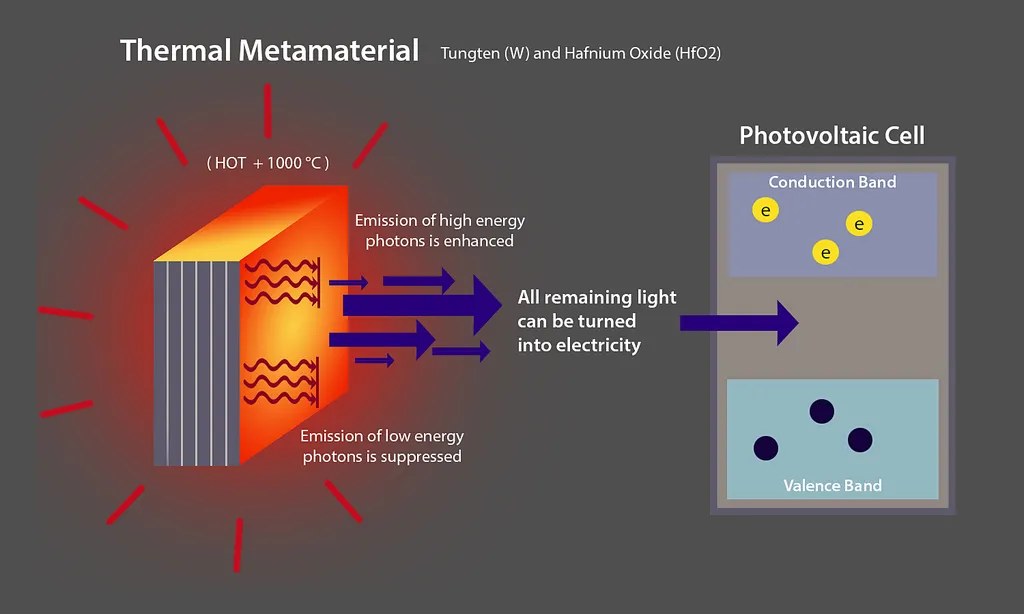In a significant stride toward energy-efficient computational devices, researchers at Purdue University have developed a novel hybrid metamaterial that could revolutionize the field of nanoscale magnonics. The study, led by Lizabeth Quigley from the School of Materials Engineering, introduces a unique framework of vertically aligned NiFe nanopillars embedded in a CeO2 matrix, demonstrating strong out-of-plane magnetic anisotropy and ferromagnetic resonance properties.
Magnonics, the study of spin waves or magnons, holds promise for developing energy-efficient computational devices. Traditional methods of creating NiFe-based nanostructures have relied heavily on lithography patterning. However, Quigley and her team have adopted a different approach, utilizing self-assembled vertically aligned nanocomposite (VAN) thin films. This method allows for the uniform growth of NiFe nanopillars within an insulating dielectric oxide matrix, creating a hybrid metamaterial with unique properties.
The NiFe-CeO2 VAN system exhibits strong out-of-plane (OOP) anisotropy and OOP ferromagnetic resonance (FMR) properties, setting it apart from single-layer NiFe films. “The unique alignment of the NiFe nanopillars gives rise to these exceptional properties,” Quigley explains. “This opens up new avenues for nanoscale magnonics applications, potentially leading to more efficient and powerful computational devices.”
The implications of this research extend beyond academia, with significant commercial impacts for the energy sector. Energy-efficient computational devices are in high demand as the world seeks to reduce its carbon footprint and transition to sustainable energy sources. The development of these hybrid metamaterials could pave the way for more efficient data processing and storage, reducing the energy consumption of data centers and other high-performance computing facilities.
Moreover, the ability to tune the microstructural properties of these materials offers a versatile platform for various applications. “By controlling the growth and alignment of the nanopillars, we can tailor the magnetic and electronic properties of the metamaterial,” Quigley adds. This tunability could lead to the development of novel devices with customized functionalities, further broadening the scope of potential applications.
The research, published in the journal ‘Small Science’ (translated to English as ‘Small Science’), marks a significant milestone in the field of nanoscale magnonics. As the world continues to grapple with the challenges of climate change and energy efficiency, innovations like these offer a glimmer of hope. The work of Quigley and her team not only advances our understanding of magnetic materials but also brings us one step closer to a more sustainable and energy-efficient future.
The study’s findings could inspire further research into hybrid metamaterials and their applications in various industries. As we stand on the brink of a technological revolution, the work of these researchers serves as a reminder of the power of innovation and the potential of materials science to shape our world.

